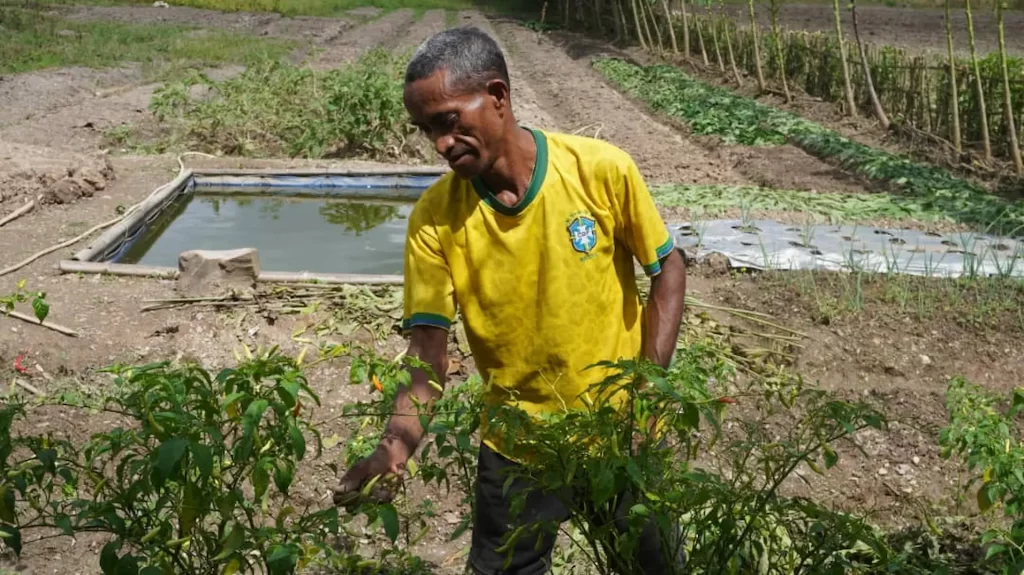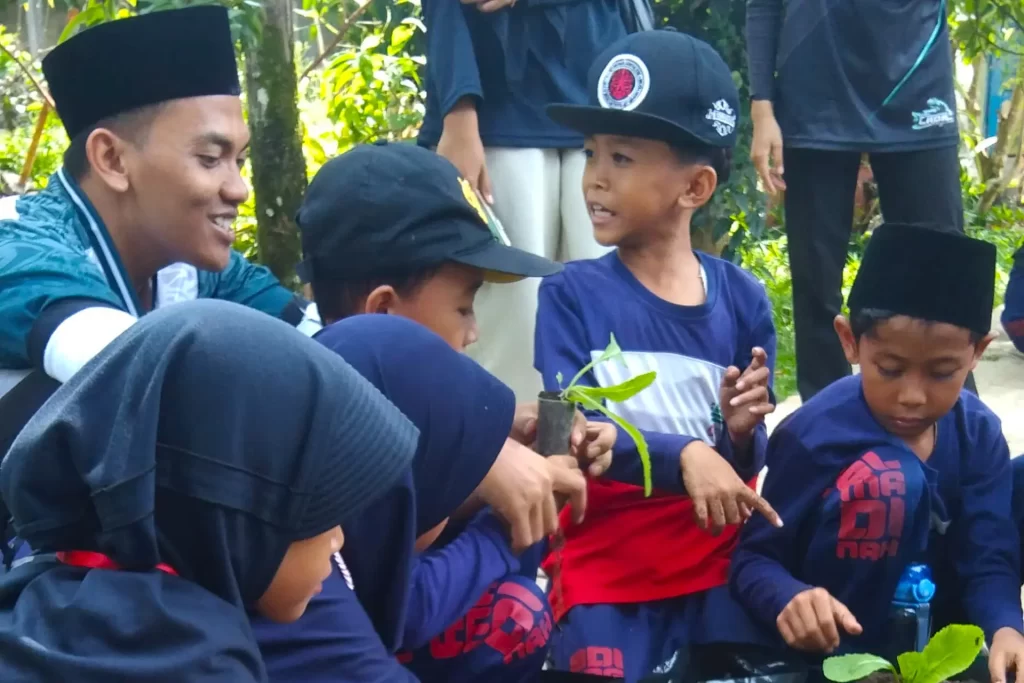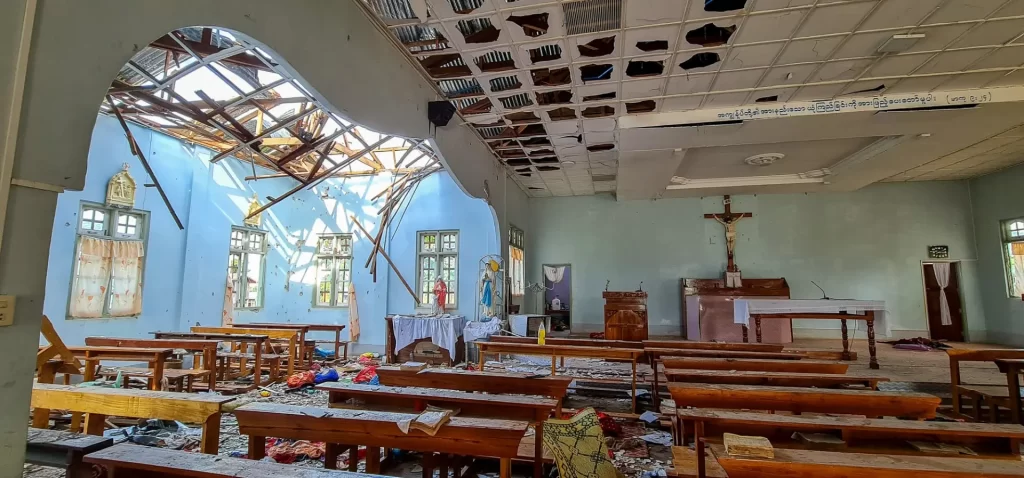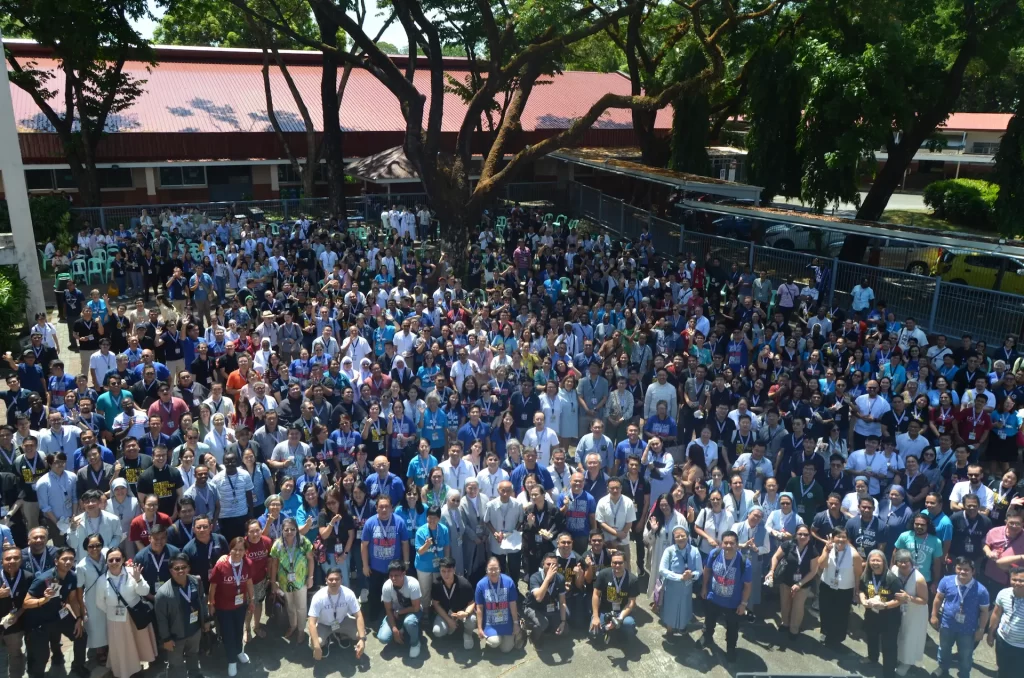Fr Peter Hosking SJ reflects on his recent journey to Japan accompanying the St Aloysius’s College study tour and the life long impact the peace museums in Hiroshima and Nagasaki had on him, the students and chaperones alike.
In mid-October, 35 Year 9 and 10 students returned from the Japanese study tour. One of the most moving parts of our journey for me was our visits to the peace museums at Hiroshima and Nagasaki, dedicated to the victims and survivors of the atom bomb.
In Hiroshima on 6 August 1945, at 8.15 am, a uranium 235 explosion, equivalent to 12 kilotons of TNT, devastated all within a two-kilometre radius. Built on a flat delta, 60 per cent of the buildings five kilometres away were demolished by the blast and the raging fires that ensued.
Just three days later, in Nagasaki on 9 August at 11.02 am, a plutonium 239 bomb, equivalent to 22 kilotons of TNT, annihilated still more people, as temperatures within a 500m radius reached 4,000°C. The pressure from the blast destroyed concrete buildings a kilometre away and, despite being dropped in an area surrounded by hills, damaged houses 15km away.
In Hiroshima, the Genbaku (A-bomb) Dome was one of the few structures left standing near the bomb’s hypocentre. Today, the dome is a symbol of a commitment to abolish nuclear weapons and to faithfully seek lasting peace among nations.
Nearby, is the Children’s Peace monument, in memory of the little ones who died as a result of this weapon. It was inspired by Sadako Sasaki who was just two years old when the bomb exploded. Ten years later, she developed leukaemia from radiation exposure. Sadako’s example in the next eight months of her life inspired her classmates to petition for a memorial to the children who died from nuclear weapons. Over 3,000 schools in Japan and around the world contributed to the bronze statue of a young girl holding a golden crane with dreams for a peaceful future. It was unveiled in 1958, not long after Sadako died.
We didn’t expect our visits to affect us as much as they did. The Peace Memorial Museums were both confronting and full of hope. It was horrifying to recall a mass slaughter without parallel in human history. It wasn’t just those killed by the shock waves or in the terrible fires that day, but the tens of thousands more lives cut short in the years after the explosion from the effects of radiation, as well as so much other physical and psychological consequences. It was a testimony to the perseverance and courage of individuals, families and communities who suffered so much as a result of a weapon of such mass destruction being inflicted by one group on another.
We were deeply affected by the graphic scenes and melted artefacts presented, as we explored the museum and considered what it would be like in an environment so suddenly torn apart by the blast and fires. A prayer reminded us: ‘Let all these souls now rest in peace, for we commit not to repeat this wrong. The devastating A-bomb will forever shadow Japanese society. However, these memorials stand as a beacon of hope’.
There is a message at the entrance to the Hiroshima Peace Museum: “Enduring grief, transcending hatred, pursuing harmony and prosperity for all, and yearning for genuine and lasting peace.”
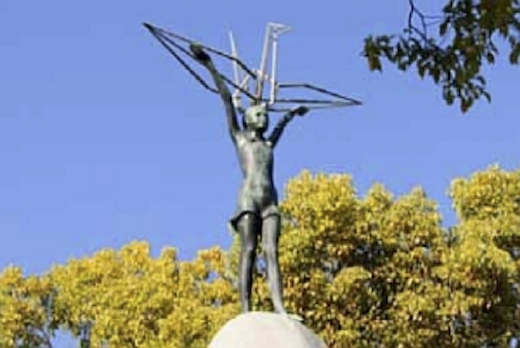
At Hiroshima, there was a statement: “Everyone please look at what the atomic bomb has brought – suffering, pain, anger, and apprehension towards an uncertain future. Hiroshima, in this nuclear age, will continue holding high the flame of hope.”
And another at Nagasaki: “We will continue to relay a message of peace from Nagasaki, a message passed on by the survivors, who overcome great difficulties. In the hope that the people of the world can join hands and face a future free of nuclear weapons.”
Sadly, there are still some 17,000 nuclear weapons in the world today. Russia (8,500) and the US (7,700) have most of these and that is where most attention should go in terms of disarmament – although France (300), China (250), Britain (200), and India, Pakistan, North Korea and Israel also have these weapons of mass destruction.
In the Hiroshima Peace Museum, there is a wall of letters by successive Mayors of Hiroshima to world leaders asking them to stop their nuclear weapons program. Each time, the Mayor hopes this will be the last letter. Yet over 600 have been written since 1968. Most were written in the mid-1980s when the US and USSR nuclear deterrence was based on Mutually Assured Destruction. Only the most hawkish strategist would think it not MAD to put our planet in such perilous danger. [Province Express]
To read the full reflection of Fr Peter Hosking SJ on St Aloysius’ College year 9 and 10 Japanese study tour click here.

